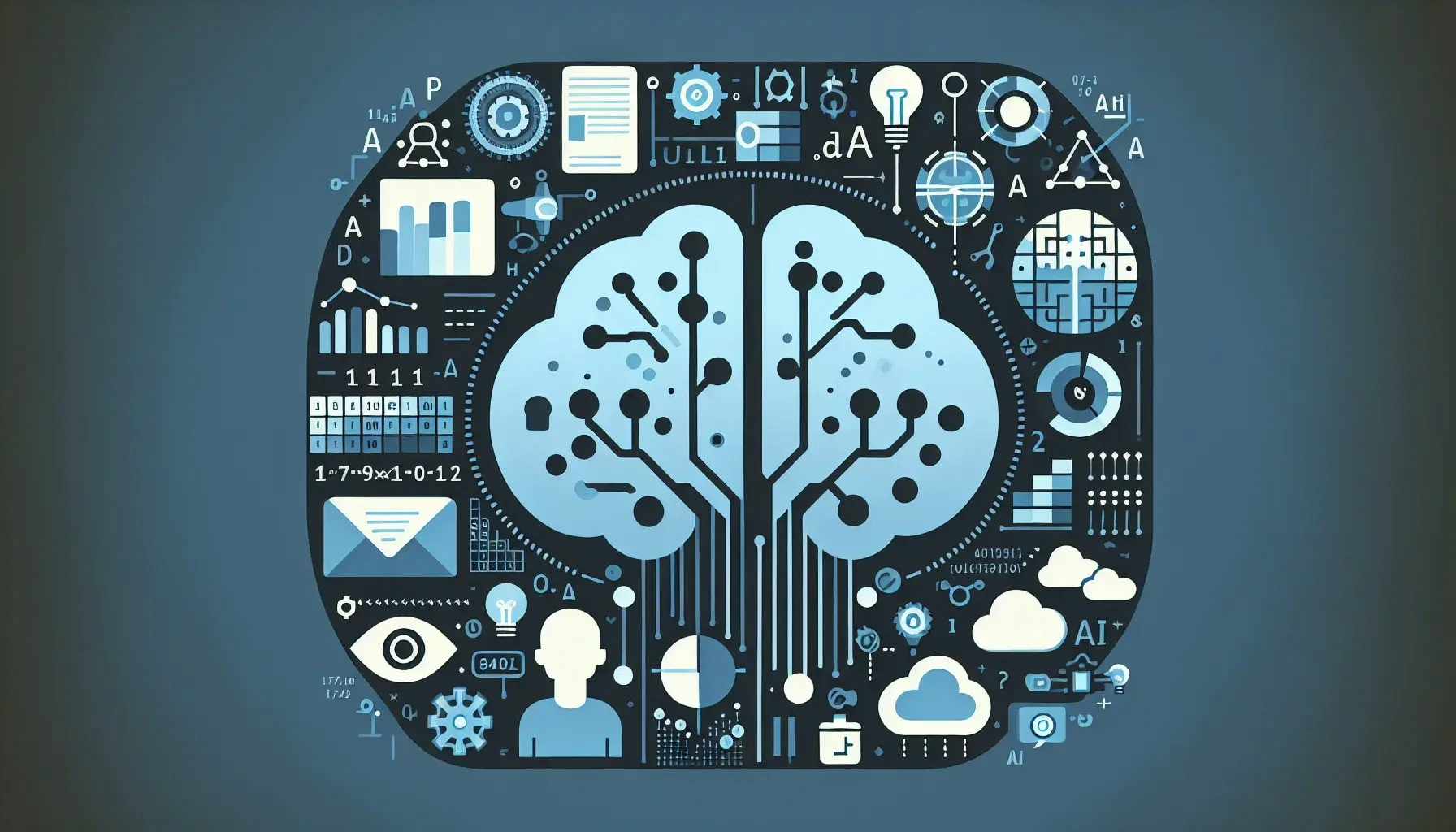Welcome to a comprehensive exploration of the role artificial intelligence (AI) plays in data interpretation. This blog post will delve into the transformative impact AI has had on the way we understand and utilize data. We will explore the various applications of AI in data interpretation, the benefits it brings, and the challenges it presents. Join us as we navigate this exciting intersection of technology and data science.
The Emergence of AI in Data Interpretation
Artificial intelligence has revolutionized numerous sectors, and data interpretation is no exception. The advent of AI in this field has led to the development of sophisticated algorithms capable of interpreting complex data sets. These algorithms can identify patterns and trends that would be impossible for humans to detect manually.
Data interpretation involves the process of analyzing raw data to make it understandable and useful. Traditionally, this process was labor-intensive and time-consuming. However, with the introduction of AI, data interpretation has become significantly more efficient and accurate.
AI algorithms can process vast amounts of data at an astonishing speed. They can handle different types of data, including structured and unstructured data, and make sense of it all. This ability is particularly useful in today's data-driven world, where organizations generate and collect massive amounts of data daily.
Applications of AI in Data Interpretation
AI has found numerous applications in data interpretation. In healthcare, for instance, AI is used to interpret medical images and patient data to aid diagnosis and treatment. In finance, AI algorithms interpret market data to predict trends and make investment decisions.
In the field of marketing, AI helps interpret consumer behavior data to tailor marketing strategies. In manufacturing, AI is used to interpret data from various sensors to optimize production processes and predict maintenance needs.
AI is also used in weather forecasting, where it interprets data from satellites and weather stations to predict weather patterns. In each of these applications, AI not only makes data interpretation more efficient but also more accurate, leading to better decision-making.
Benefits of AI in Data Interpretation
The use of AI in data interpretation brings several benefits. One of the most significant is the ability to handle large volumes of data. AI algorithms can process and interpret data much faster than humans, making them ideal for dealing with the vast amounts of data generated in today's digital world.
Another benefit is the accuracy of AI in data interpretation. AI algorithms can identify patterns and trends in data that humans might miss, leading to more accurate interpretations. This accuracy is particularly important in fields like healthcare and finance, where incorrect interpretations can have serious consequences.
AI also brings consistency to data interpretation. Unlike humans, AI algorithms do not get tired or bored, and their performance does not vary. This consistency ensures that the quality of data interpretation remains high, regardless of the volume of data.
Challenges of AI in Data Interpretation
Despite its benefits, the use of AI in data interpretation also presents several challenges. One of the main challenges is the risk of bias. AI algorithms are trained on data, and if this data is biased, the algorithms will also be biased. This bias can lead to incorrect interpretations and unfair outcomes.
Another challenge is the lack of transparency in AI algorithms. Many AI algorithms are "black boxes," meaning that it is not clear how they arrive at their interpretations. This lack of transparency can make it difficult to trust the interpretations made by AI.
Data privacy is also a concern when using AI for data interpretation. AI algorithms often need access to sensitive data, and there is a risk that this data could be misused or leaked. Ensuring that data is handled securely and ethically is therefore a major challenge.
The Future of AI in Data Interpretation
The role of AI in data interpretation is set to grow in the future. With the continued advancement of AI technology and the increasing availability of data, AI will become even more integral to data interpretation.
One area of growth is the use of AI for real-time data interpretation. As the speed of business increases, the ability to interpret data in real-time becomes more important. AI can help meet this need by processing and interpreting data as it is generated.
Another area of growth is the use of AI for predictive data interpretation. By identifying patterns and trends in data, AI can predict future outcomes. This predictive ability can be used in various fields, from predicting disease outbreaks in healthcare to forecasting market trends in finance.
Preparing for the AI-Driven Future of Data Interpretation
As the role of AI in data interpretation grows, it is important for organizations to prepare for this AI-driven future. This preparation involves investing in AI technology and training staff to work with AI.
Organizations also need to address the challenges associated with AI, such as bias and data privacy. This involves implementing measures to ensure that AI algorithms are trained on unbiased data and that data is handled securely.
Finally, organizations need to foster a culture of data literacy. As AI takes on more of the data interpretation workload, it is important for staff to understand how to use and interpret data. This understanding will enable them to make the most of the insights generated by AI.
Embracing the AI Revolution in Data Interpretation
The role of AI in data interpretation is transformative, offering numerous benefits while also presenting new challenges. As we look to the future, it is clear that AI will play an increasingly important role in how we interpret and understand data. By embracing this AI revolution, we can unlock the full potential of data and drive innovation across various sectors.

